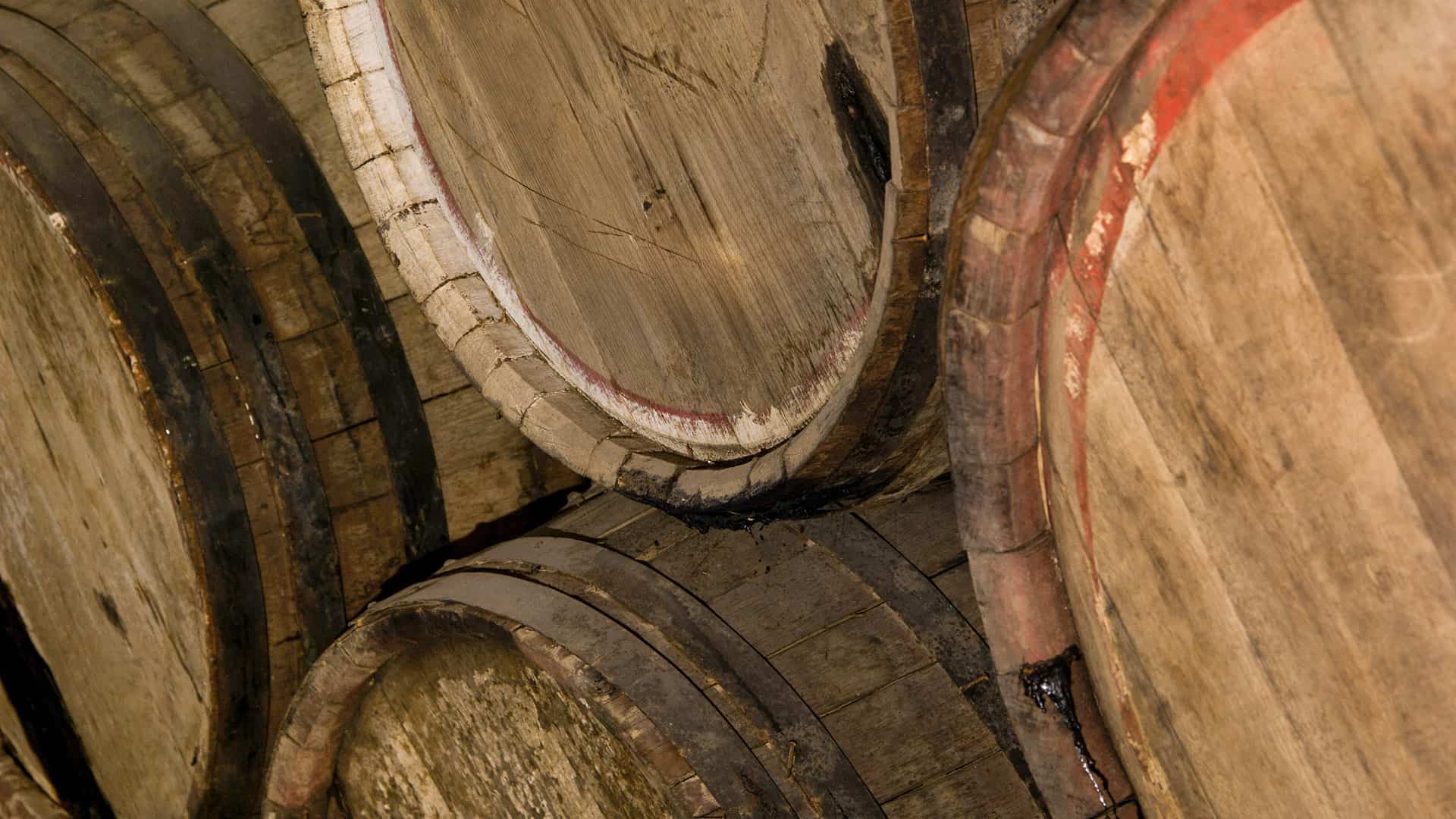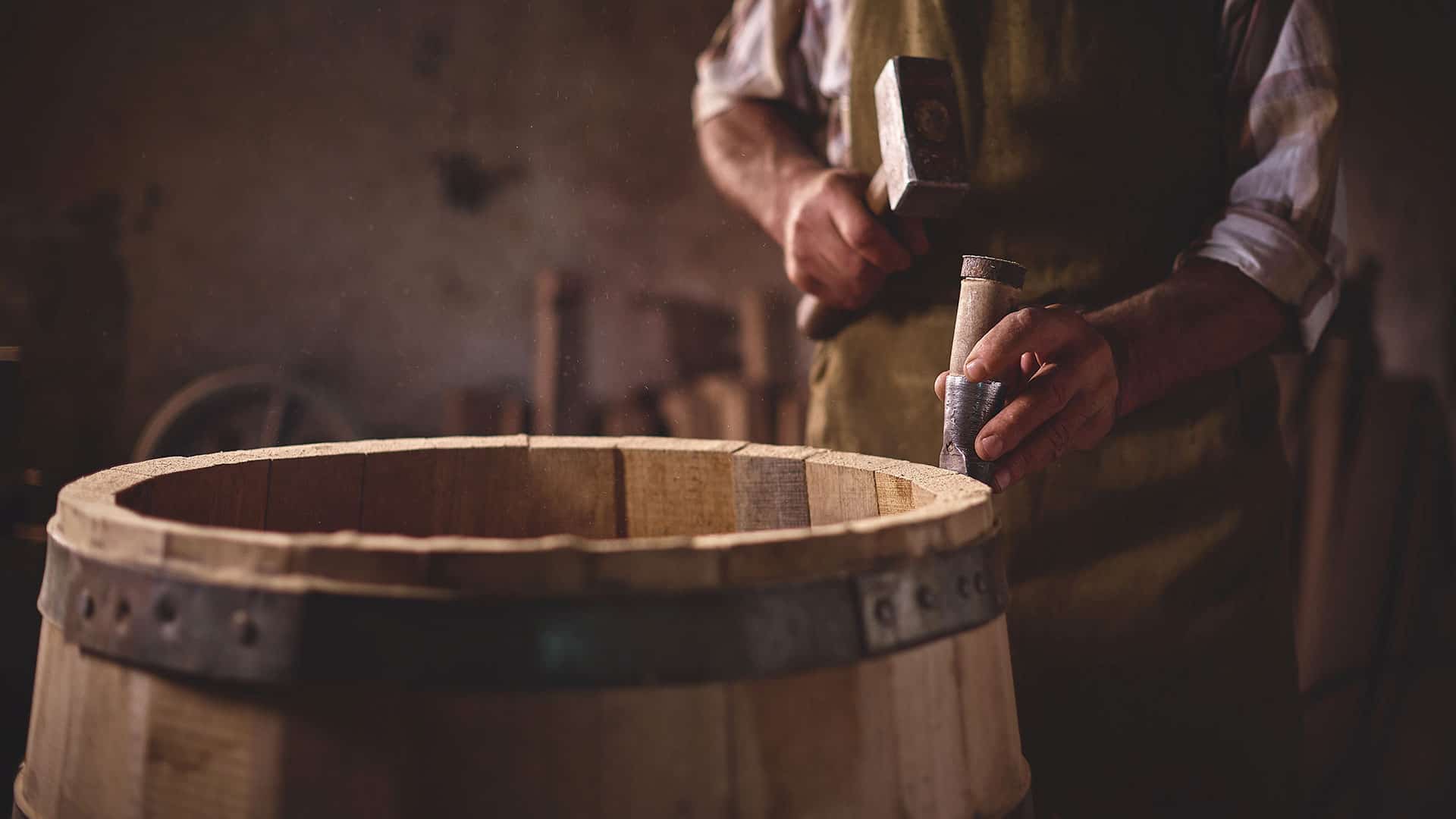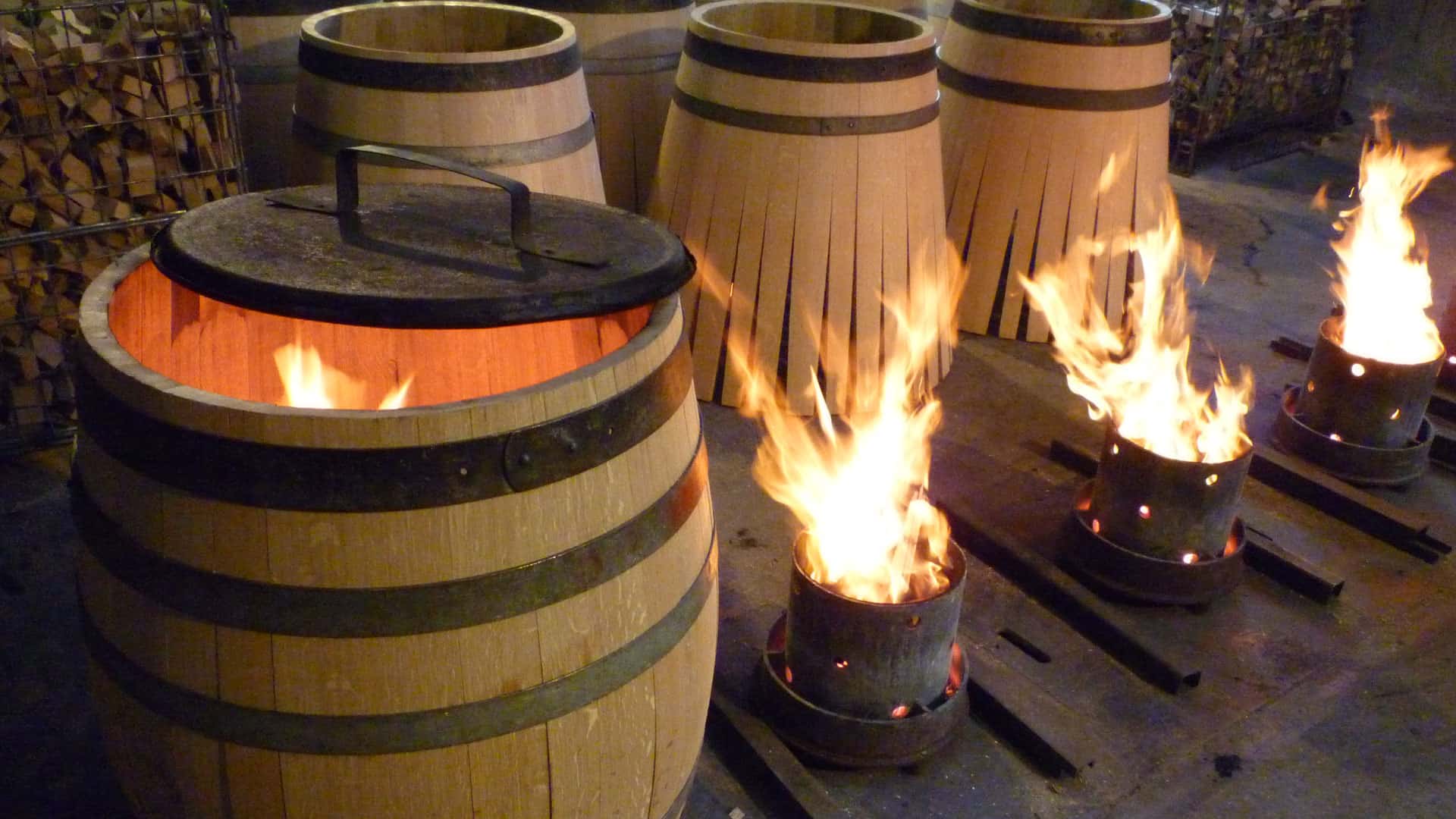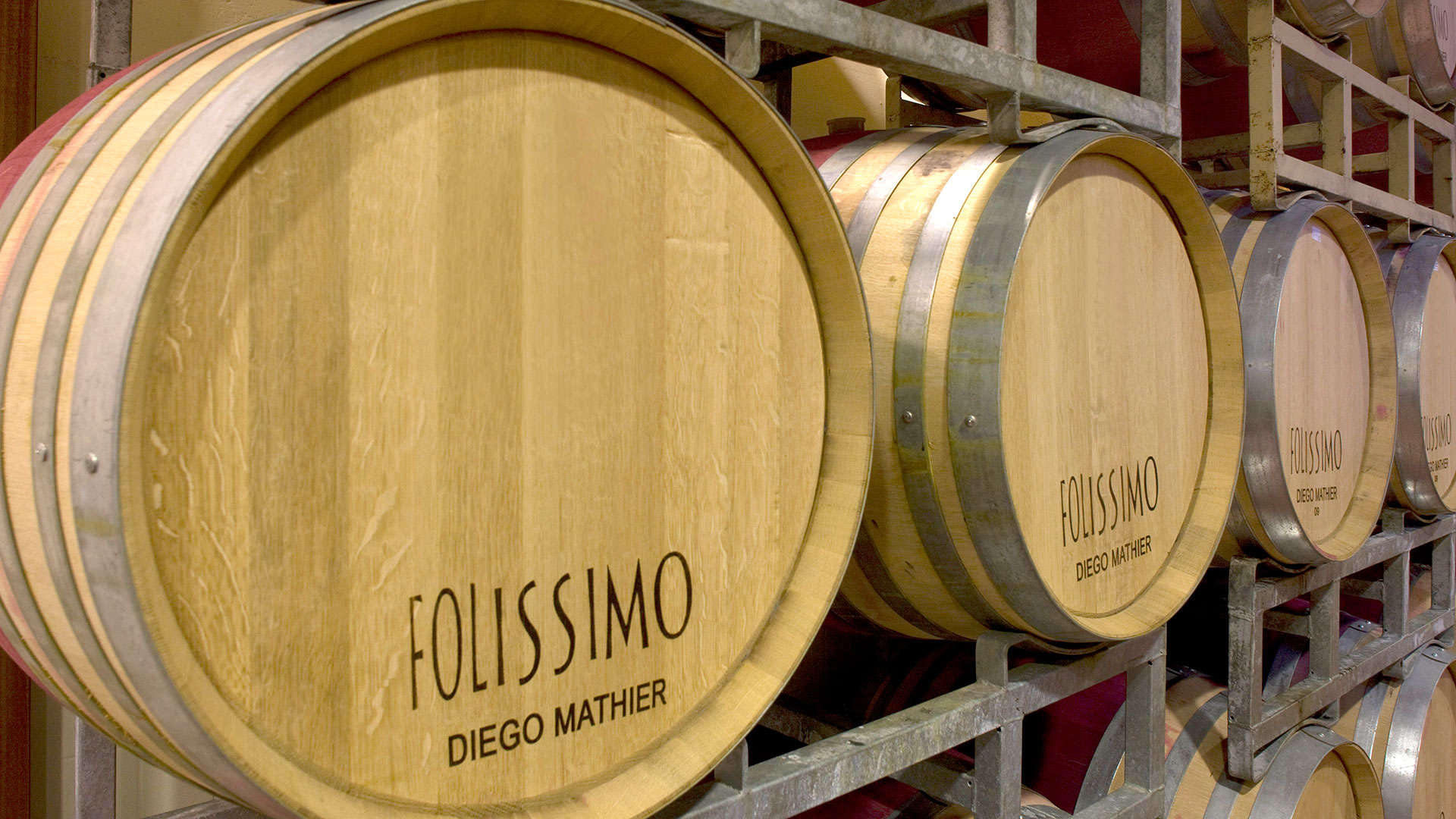So that you are not on the wrong track. Everything you need to know about barrique & wine
If you tell someone who is upset about something in the future that they don’t have to go on the barricades right away, after reading this article you will perhaps think of enjoying a good glass of red wine at the same time. This is because the word barricade is actually derived from the French word barrique. This is because in 1830, during the July Revolution, barrique barrels were filled with sand and used as barricades by the fighters. However, the original meaning of the word barrique comes from Gascony and means nothing other than the word “barrel”.

The barrels have a tare weight of around 45 kg and could be loaded by hand by the dock workers when empty. In the past, they were mainly used as transport containers to organize the export of wine to England.
Oak wood is usually used to make a barrique. However, there are now also barrique barrels made from other types of wood. The usual size is 225 liters, in Burgundy there is also the 228 liter barrel, called a pièce. In order for the barrels to be produced with their classic bulbous shape, the staves must first be bent. To make them bendable, they have to be heated and charred from the inside. It is thanks to this charred surface that wines stored in barrique barrels have a more or less pronounced vanilla aroma. However, the barrels also serve another, no less important purpose. Full-bodied, powerful white wines, but especially full-bodied red wines, are stored in barrique barrels, as the oak wood releases additional tannins into the wine. Tannins not only refine the wine, they also make it last longer.

As the amount of tannins in the oak is finite, the barrels are now only used for a maximum of three years. In the past, this was a cost-intensive refinement process that was reserved exclusively for the best and largest wines from financially strong, larger wine estates in Bordeaux. These were then happy to sell the used barrels on to smaller wineries.
The barrique barrel plays an important role in the tertiary aromas of wines. The tertiary aromas of a wine are all the aromas that develop during the ageing process. Depending on the wood used and the age of the barrique, it lends the wine additional nuances of flavor. The wood is noticeable in both the smell and taste of the wine: these can range from delicate vanilla tones or finely nuanced coconut notes to bitter tobacco or even smoky tones, also known as roasted aromas. And depending on which type of oak wood was used, whether the wood was split or sawn, or which toasting (scorching of the inner wall) the barrique has received – all of this plays an important role in the aroma of the wine. Even more important, however, is whether the wine has been filled into a new barrique, also known as a first fill. In this case, the barrel releases significantly more tannins than if it has been used for a second or third ageing. The tannins released create what is known as astringency on the palate. This is a bitter, furry taste. Over the course of ageing, the tannins are generally better integrated into the wine and present a soft and refined overall impression with the primary and secondary aromas.

While the 225 liter barrique is reserved for strong and full-bodied wines, the larger wooden barrel is very suitable for storing white wines and slowly maturing red wines. While white wines are only stored in barriques for a few months, the fuller-bodied red wines can remain in barriques for several years until they reach maturity. Order Valais barrique wines online now.

